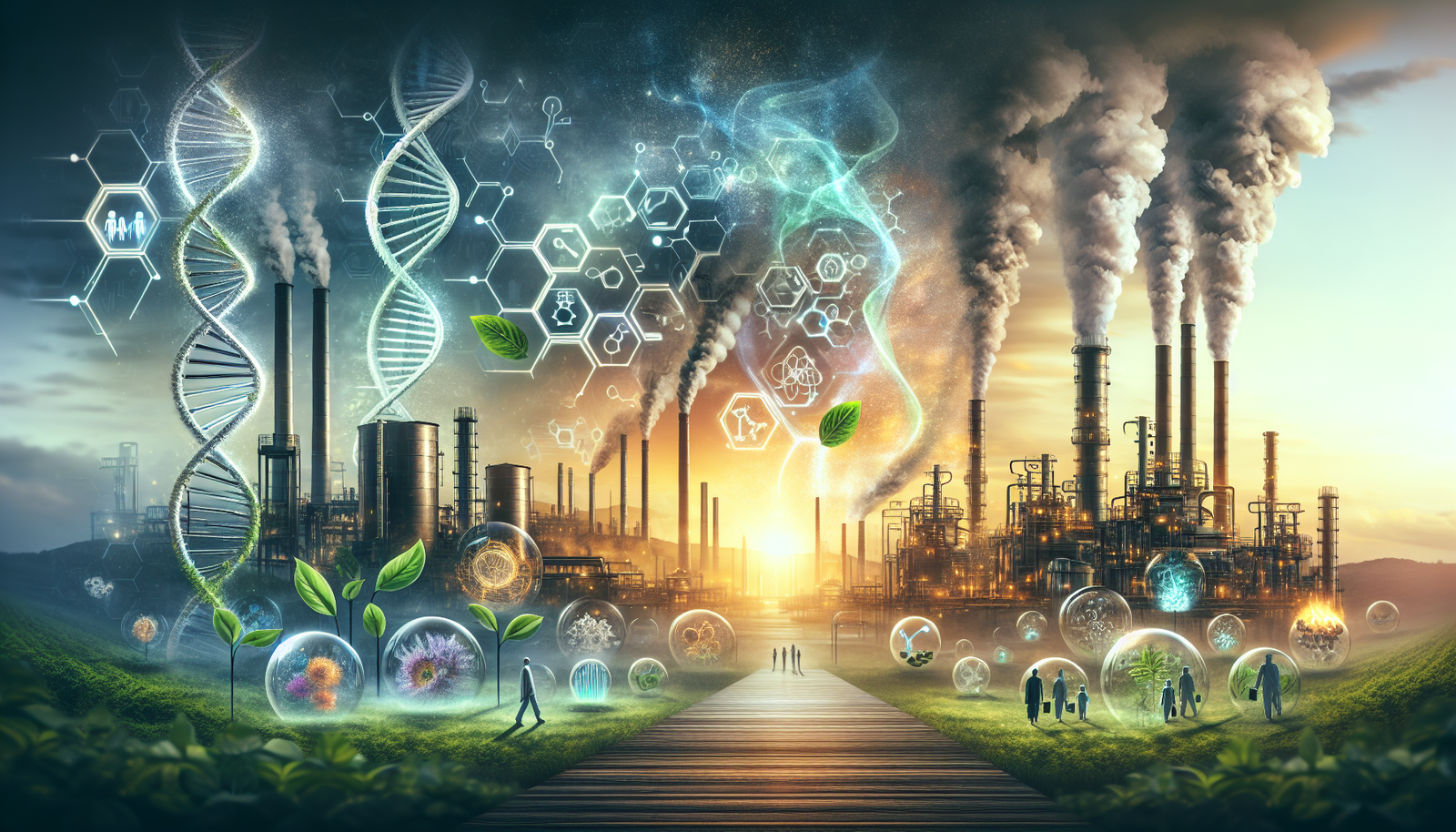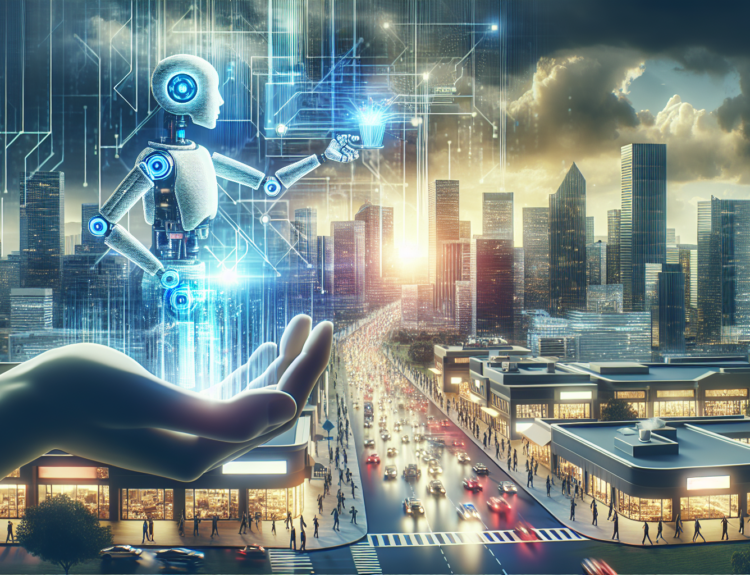The Growth of the Bioeconomy: Transforming Industries for a Sustainable Future
In recent years, the bioeconomy has emerged as a pivotal sector driving innovations across various industries. By leveraging biological resources and processes to create sustainable products and services, the bioeconomy is reshaping our approach to traditional economic models. In this post, we will explore the spectacular growth of the bioeconomy, its significance, and the key drivers behind this transformation.
What is the Bioeconomy?
The bioeconomy refers to an economic model that utilizes renewable biological resources—such as crops, trees, fish, and microorganisms—to produce food, feed, bioenergy, and bio-based products. It aims to reduce the dependence on fossil fuels and contribute to the sustainability of our planet. This sector encompasses agriculture, forestry, fisheries, biotechnology, and waste management, integrating various fields to promote a circular economy.
Significance of the Bioeconomy
- Sustainability: The bioeconomy provides an eco-friendly alternative to traditional manufacturing and energy sources, enabling industries to minimize environmental footprints and combat climate change.
- Economic Growth: It creates new jobs and stimulates local economies. According to the European Commission, the bioeconomy accounted for approximately €2 trillion in annual turnover and created around 18 million jobs in Europe in 2020 alone.
- Food Security: As the global population continues to rise, the bioeconomy plays a crucial role in ensuring food security by developing innovative agricultural practices and sustainable food systems.
Key Drivers of Bioeconomy Growth
1. Technological Advancements
Innovations in biotechnology and genetic engineering have paved the way for the development of more sustainable agricultural practices and bio-manufacturing processes. For instance, the use of CRISPR technology has enabled scientists to create crops with higher yields and increased resistance to diseases, contributing to food security.
2. Policy Support
Many governments worldwide are recognizing the importance of the bioeconomy and are implementing policies to foster its growth. For example, the United States Department of Agriculture (USDA) has launched initiatives to promote bio-based products and renewable energy sources, providing funding and resources to support bioeconomy projects.
3. Increased Consumer Demand
With growing awareness of environmental issues, consumers are increasingly seeking sustainable products. This shift in consumer behavior has led to an upsurge in demand for bio-based products such as biodegradable packaging, organic food, and renewable energy sources. According to a report by Grand View Research, the global bioplastics market is expected to reach USD 22.9 billion by 2025, driven by consumer preferences for sustainable alternatives.
Real-world Examples of Bioeconomy Growth
-
Biofuels: Companies like POET are leading the way in biofuel production, utilizing corn and other biomass to create sustainable energy alternatives. This not only helps reduce greenhouse gas emissions but also provides an additional revenue stream for farmers.
-
Bioplastics: NatureWorks, a major producer of bioplastics, has developed Ingeo, a biopolymer derived from corn starch. This sustainable alternative to traditional plastics is gaining traction across various industries, including packaging and consumer goods.
-
Pharmaceuticals: The bioeconomy has revolutionized the pharmaceutical industry. For instance, Amgen has harnessed biotechnology to produce biologic drugs that effectively treat chronic diseases, improving health outcomes while reducing the reliance on chemical-based drugs.
Challenges Ahead
Despite its rapid growth, the bioeconomy faces several challenges that must be addressed:
- Regulatory Hurdles: The lack of clear regulations and standards for bio-based products can impede market entry and innovation.
- Infrastructure Needs: Building the necessary infrastructure for bio-based production and processing is essential to fully realize the potential of the bioeconomy.
- Public Awareness: Increased public understanding of the bioeconomy is vital for driving consumer demand and encouraging investment in bio-based technologies.
Conclusion
The growth of the bioeconomy represents a significant shift towards sustainable economic practices that not only benefit industries but also provide solutions to pressing global challenges. As technological advancements, policy support, and consumer demand continue to spur this sector, the bioeconomy is poised to transform how we approach production and consumption.
Investing in and supporting the bioeconomy can lead to a greener, more sustainable future for generations to come.



